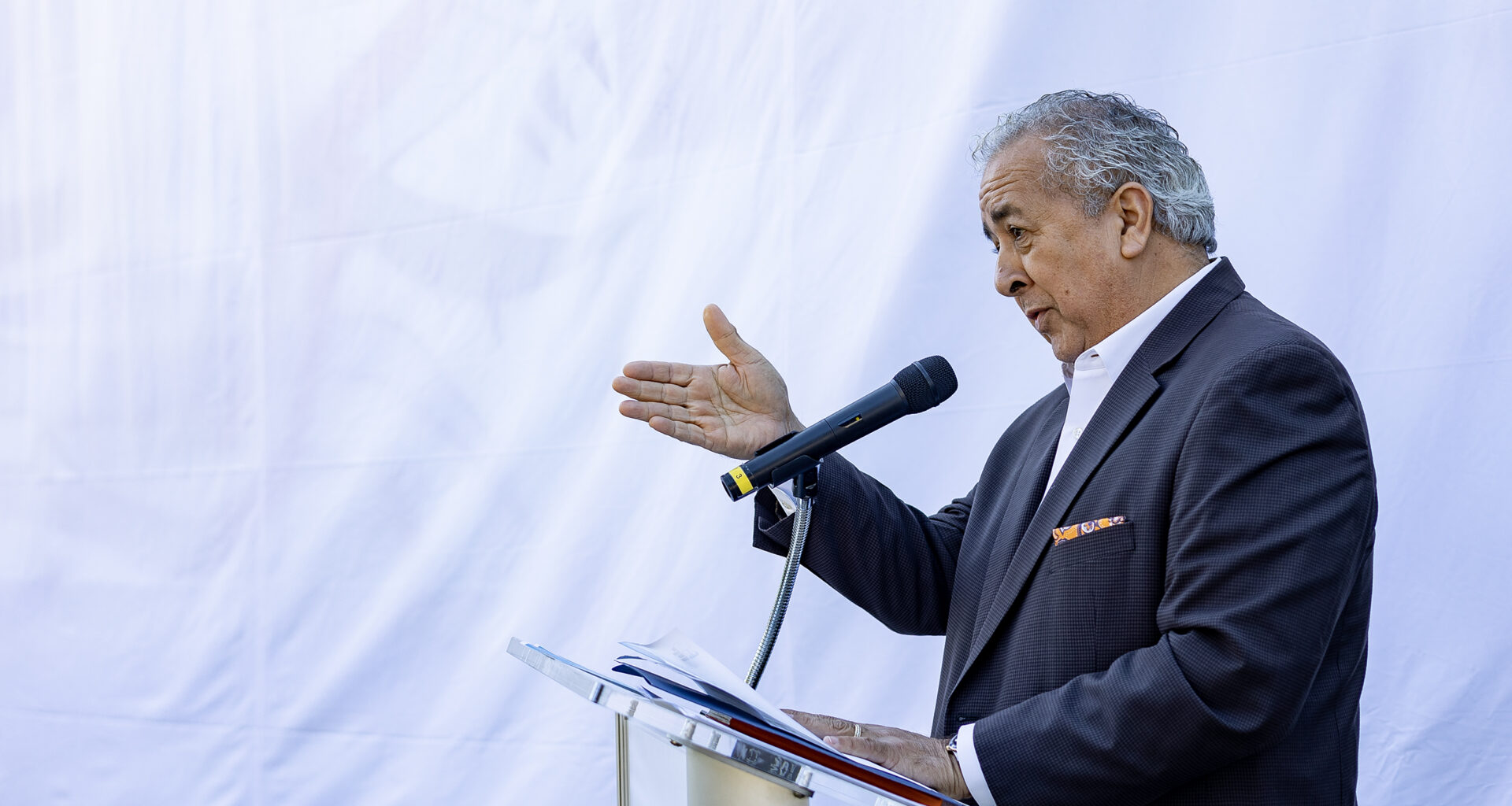San Antonio isn’t running out of water any time soon and that’s no accident. Decades of planning, policy shifts and persistence have made the city a national model for water security, even as much of Texas struggles to keep up.
On the latest episode of the bigcitysmalltown podcast, guest host Cory Ames spoke with Robert Puente, president and CEO of the San Antonio Water System, about what makes San Antonio water different, future readiness and a potential rate increase on your bill.
Puente said city residents will enter 2026 with no rate increase, with SAWS planning to ask city council to vote on an increase early next year. That rate increase would go towards funding system improvements, including wastewater plant upgrades, accelerating leak detection and line replacement across 7,000 miles of underground pipe.
San Antonio’s edge, Puente said, comes from its diverse water portfolio, stretching far beyond the Edwards Aquifer with conservation at the forefront.
“We have water coming from multiple different sources, surface water, groundwater, four different aquifers, so that we are insulated from a lot of different things that may happen,” he said. “If you look at the state water plan, they talk about reusing water, they talk about conserving water, they talk about storage of water, underground storage of water, and all of those we’ve already done.”
Puentes credits large projects like the desalination plant in southern Bexar County for strengthening the system’s long-term reliability and outlook.
“We’ve secured our water future into the 2070s. It’s not just a plan. It’s actually what they call wet water,” Puente said. “In other words, water that we can access as we grow. And so we’re very proud of what we’ve done at SAWS over these last 17 years.”
While San Antonio’s population has surged, he believes the efforts SAWS has made in the past 17 years have kept one metric steady.
“We have the nation’s best water conservation programs,” Puentes said. “If you look at our growth over the last 20 or 30 years, we’re essentially using the same amount of water now as we were then.”
As San Antonio continues to grow, he said SAWS challenges will shift from securing water to maintaining and upgrading infrastructure, including the upkeep of the 7,000 miles of underground pipes the system depends on.
That dependability, Puente said, is what matters most to customers — and what he considers the true measure of success for the utility.
“Every single second of the day we fail or we succeed,” Puente said, adding that “99.99% of the time, the water comes on when you turn on the tap and it leaves your home when you’re done. Reliability is very important.”
Click the link below to listen to the full conversation.

